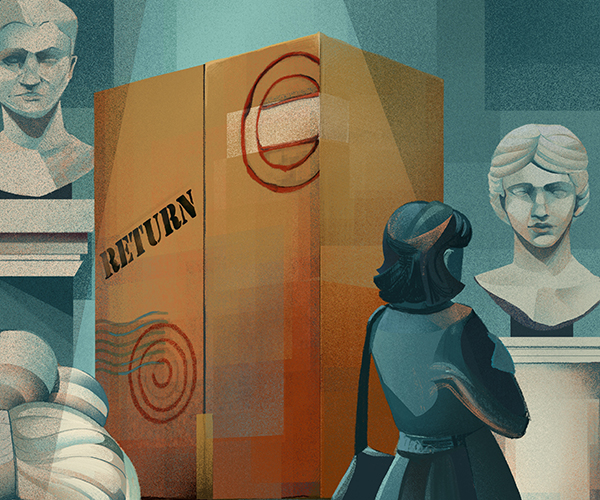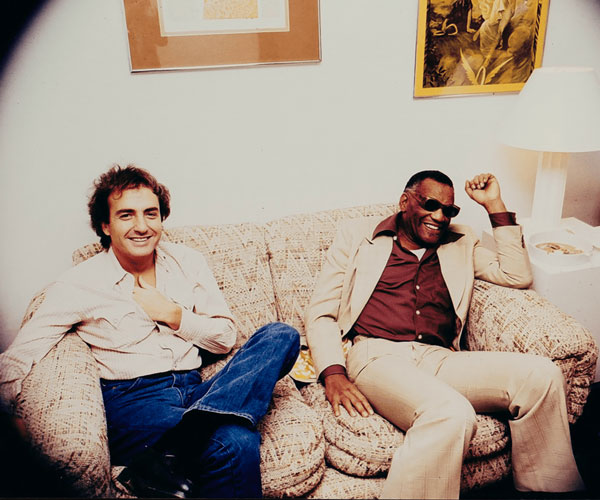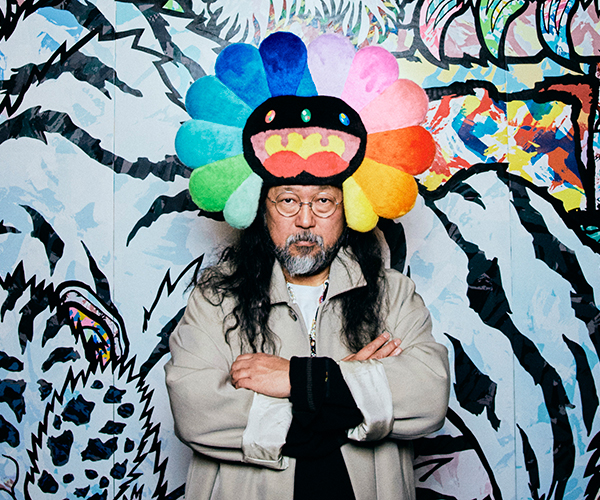The Cleveland Museum of Art owns four paintings that are associated with the Dutch painter Rembrandt. One must use the word "associated" because, when it comes to Rembrandt paintings, determining their authenticity can be complicated.
"It's not so much about: Is it a fake," says Jon Seydl, the museum's curator of European paintings and sculpture, 1500-1800. "It is more about: How much of it is his hand in this work and how much of it is somebody else from that time period who was working with him, or somebody who used to work with him, or somebody who thought Rembrandt was great and wanted to be like him."
Starting Feb. 19, the museum will bring 30 authentic Rembrandts to Cleveland, along with 20 other pieces the artist is thought to have created, for Rembrandt in America. It is the largest collection of Rembrandts assembled in the United States since 1909, when 145 paintings by Dutch masters were exhibited for two months in the fall as part of the state of New York's Hudson-Fulton Celebration.
While the chance to view so many of the artist's works in one venue is a significant opportunity, Seydl says the collection will also allow the museum's staff to do some detective work.
"This is a big laboratory for us to compare our pictures to others," Seydl says.
One work that will get particular attention will be the museum's Portrait of a Woman, painted around 1635 or earlier. After the exhibit, the painting will be restored, which could offer more clues as to its authenticity.
"It's not in very good condition," Seydl says. "The conservator wants to use the exhibition to study other paintings."
But first, it will be part of the show, along with an explanation of how X-rays, infrared and ultraviolet light are just some of the technology used to assess which pieces might be authentic Rembrandts.
"Our argument is, this will show that no one has ever been able to see the Cleveland picture properly," Seydl says. "If you're only looking at the surface, you only see older restoration on top of what we believe is Rembrandt underneath."
Rembrandt in America was in Raleigh, N.C., before coming to Cleveland and will head to Minneapolis after it closes here in May. After seeing the exhibit in Raleigh, Seydl says he left the museum in awe.
"They have such life and excitement in person," he says. "You can really feel [Rembrandt] as you go through the show. He's always thinking, always changing things. He never does the same thing twice. You can feel his brain at work."



